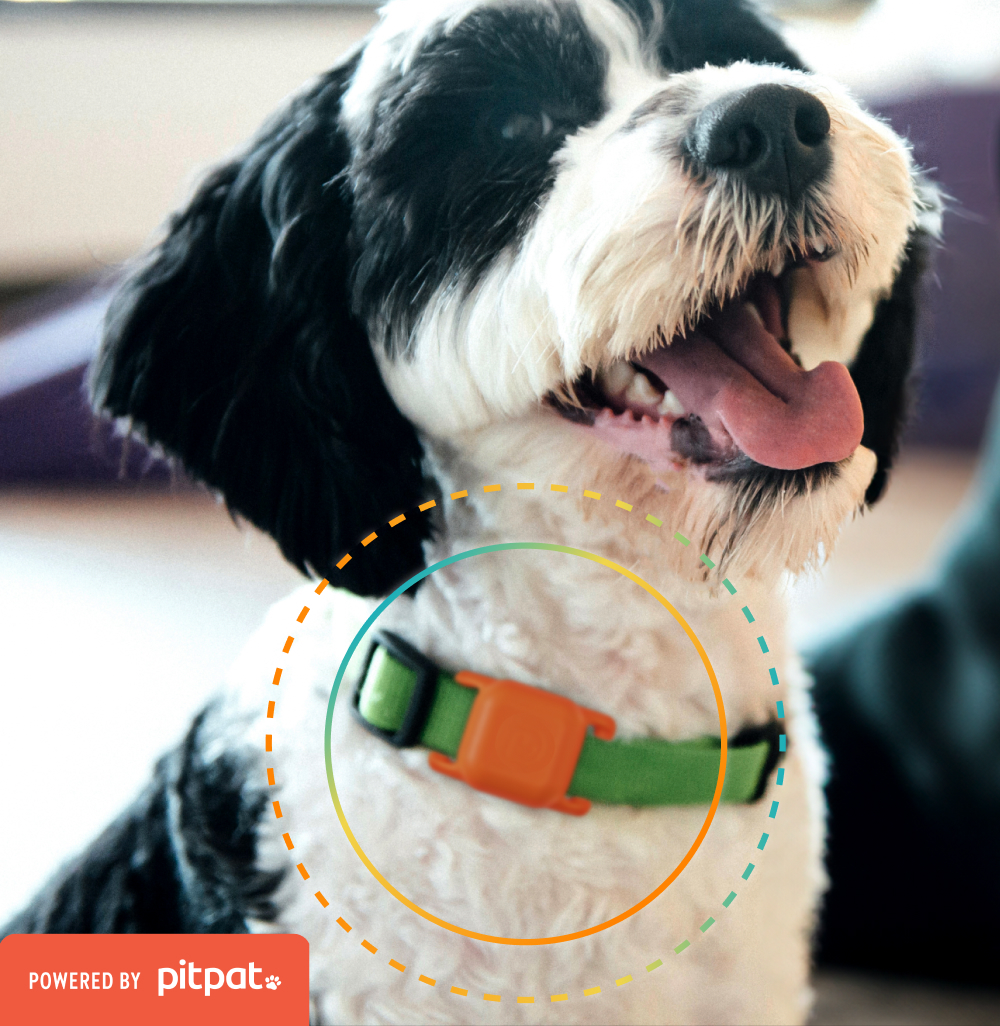How do I keep my dog calm while walking around other dogs?
Here are a few things to try, but we suggest contacting a professional dog trainer that can see your dog’s behavior in person and provide a customized plan.
First, bring extra yummy treats when you walk with them. These should be treats that they ONLY get when they see other dogs. As soon as you see the dog, start praising them lavishly and give them a treat. This will help them learn that dog equals treat. If dog equals treat, then there is no reason to bark and lunge. Keep treating them as long as they are calm and try to create enough distance between you and the other dog so they don’t react.
If your dog does react, calmly say “nope,” block them for a moment with your body, then turn and walk away from the other dog. This creates distance between your dog and the other dog and should help to calm your pup.
Try to stay as relaxed as possible when you see a dog or if your dog lunges. If you react when they do, you will only add stress into the situation.
Also, make sure the walks have structure. If your dog is allowed to pull on the leash, stop to sniff every five feet, and pee on all of the trees, then they will think that they are walking you. This means they won’t listen to you when they see another dog. Practice having them walk next to you on a loose leash. Then have them sit multiple times on a walk just because you asked them too. You can also change your walking speed or normal route. All of these things will help your dog learn that you are in control on a walk. If you are in control, then they need to listen when they see another dog.
If you aren’t already using one, a front load harness or head halter can give you more control on a walk, especially when your dog is excited.
Your dog may also need more time off leash! Consider doggie daycare or taking your dog to the dog park.
How do I get my two dogs, who walk well separately, to walk well together?



